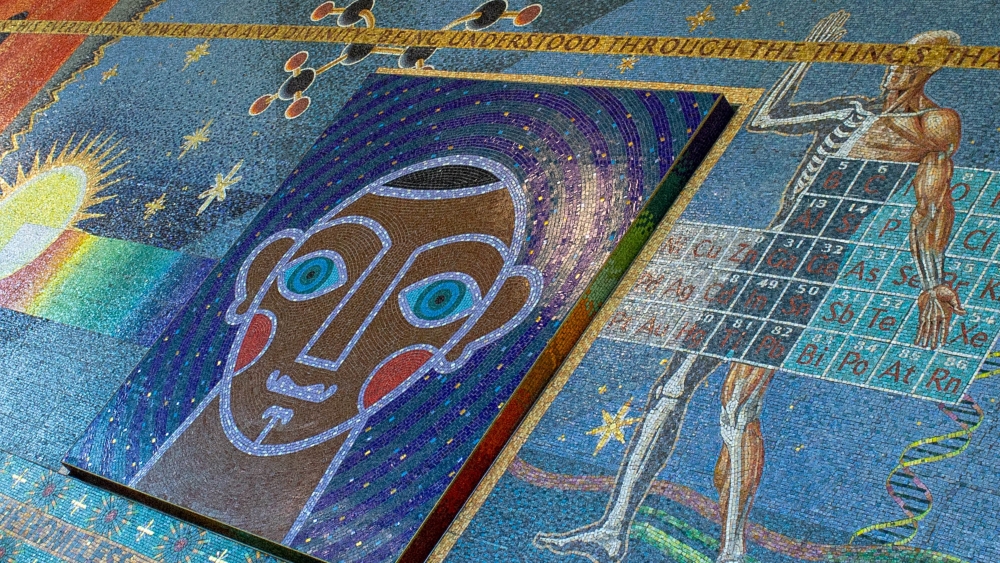Being Present: Connecting with Diverse Populations
Purpose
The purpose of this study is to explore the relation between pre-licensure nursing students’ perceptions of being present to their patients and providing culturally competent care.
Background and significance
Nursing presence is an intersubjective human connectedness shared by patient and nurse. It necessitates the nurse being with while doing for to provide patient-centered care. Being present requires the nurse to simultaneously function in the cognitive, behavioral, affective and spiritual domains (Kostovich, 2012). Cultural competence involves providing care that addresses one’s cultural diversity, awareness, and sensitivity (Schim et al., 2003). Thus, providing culturally competent care requires the nurse to be fully present.
Theoretical/Conceptual framework
This study was guided by Paterson and Zderad’s Humanistic Nursing Theory (1976), which emphasizes the emotional connection between nurse and patient in addition to the technical skills performed by the nurse.
Method
Students enrolled in a pre-licensure nursing program in a large university in the midwestern United States were invited to participate in this mixed methods study. In their first nursing course, students were taught about the phenomenon of nursing presence and associated behaviors. Subsequently, students participated in simulations that included diverse patients while concurrently enrolled in clinical learning experiences. At the end of the simulation experiences, students were invited to complete the Cultural Competence Assessment Instrument (CCAI) (Schim et al., 2003), the Presence of Nursing Scale – RN Version (PONS-RN) (Kostovich et al., 2016), and share their experiences during an interview.
Results
A total of 91 students participated in the study. The Being With Subscale of the PONS-RN demonstrated a strong positive correlation with the CCAI’s Cultural Awareness Subscale (r=.641; p=0.01) and the Cultural Competence Subscale (r=.610; p=0.01). The Doing For subscale of the PONS-RN demonstrated a moderate positive correlation with the Cultural Awareness Subscale (r=.579; p=0.01) and the Cultural Competence Subscale (r=.519; p=0.01). Qualitative interview data supported students’ practice of being present, honoring their patients’ identities.
Conclusions
Students who are taught how to be present to patients and practice these behaviors in simulation have the potential to provide culturally competent patient-centered nursing care.
Being Present: Connecting with Diverse Populations


